Psychotria viridis (Chacruna) Leaves
£40.00 – £130.00
Psychotria viridis (Chacruna) Leaves – Traditional Ayahuasca Admixture”
Our Psychotria viridis leaves are sustainably harvested from mature plants and carefully dried to preserve their natural alkaloid content. As the traditional DMT-containing component of ayahuasca brews, these leaves contain approximately 0.1-0.6% DMT by dry weight when properly prepared with an MAO inhibitor. Each batch is visually inspected for quality and sold exclusively for ethnobotanical research and traditional study purposes in jurisdictions where permitted.
Specifications:
-
Species: Psychotria viridis (verified)
-
Form: Whole dried leaves
-
Origin: Cultivated (not wild-harvested)
-
Average DMT Content: 0.3% by dry weight
-
Storage: Airtight container in cool, dark conditions
-
Shelf Life: 2 years (properly stored)
Description
Buy Psychotria viridis (Chacruna) Leaves – The Sacred Amazonian Plant Teacher
1. Botanical Characteristics and Identification
Psychotria viridis, commonly known as Chacruna, is a perennial shrub native to the Amazon Basin that grows 2-5 meters tall under optimal conditions. The leaves offered here are harvested from mature plants (3+ years old) that have developed the characteristic glossy, elliptical leaves with prominent midribs and 6-10 pairs of lateral veins. Authentic P. viridis leaves can be distinguished from similar species like Psychotria carthagenensis by their acuminate leaf tips and the presence of small, dome-shaped glands (collectively called “psychotridine glands”) on the underside of mature leaves where the majority of DMT biosynthesis occurs.
The leaves are harvested at peak alkaloid production, typically during the dry season when secondary metabolite concentrations are highest. Post-harvest, they undergo a slow drying process at controlled temperatures (35-40°C) to preserve the delicate indole alkaloids while reducing moisture content to below 8% to prevent mold formation during storage. Microscopic analysis of properly dried leaves shows intact cellular structures with minimal degradation of the secretory glands that contain the active compounds.
2. Chemical Composition and Alkaloid Profile
The primary psychoactive component in Chacruna leaves is N,N-Dimethyltryptamine (DMT), though the total alkaloid profile includes several related compounds that may modify the overall effects. Quantitative analysis via high-performance liquid chromatography (HPLC) reveals the following typical alkaloid distribution in dried leaves:
The DMT content shows significant variation based on growing conditions, with shade-grown plants exhibiting 20-30% higher concentrations than those grown in full sun. Additional factors like soil pH (optimal 5.5-6.5), nutrient availability (particularly nitrogen and phosphorus), and harvest timing all influence the final alkaloid profile. Unlike synthetic DMT, the naturally occurring form in Chacruna is accompanied by beta-carbolines and other trace alkaloids that some researchers believe contribute to the “full spectrum” effect reported in traditional ayahuasca preparations.
3. Traditional Preparation Methods
In indigenous Amazonian traditions, the preparation of Chacruna for ceremonial use follows strict protocols to maximize efficacy while minimizing physical discomfort. The standard ratio is 50-100g dried leaves per liter of water when combined with Banisteriopsis caapi vine. The leaves undergo three sequential boils (40 minutes each) with the liquid from each extraction being combined and reduced through slow evaporation to about 20% of the original volume.
Modern analytical studies have demonstrated that this traditional method extracts 85-90% of available alkaloids while leaving behind many of the tannins and plant waxes that can cause nausea. The temperature is carefully maintained below 85°C throughout the process to prevent degradation of the heat-sensitive DMT molecules. Some contemporary practitioners add a citric acid buffer (pH 3.5-4.0) during extraction to improve alkaloid solubility, though this differs from ancestral techniques.
4. Synergistic Effects with MAO Inhibitors
The oral activity of Chacruna’s DMT depends entirely on co-administration with monoamine oxidase inhibitors (MAOIs), typically from Banisteriopsis caapi or Peganum harmala. The MAOIs prevent first-pass metabolism of DMT in the liver, allowing it to cross the blood-brain barrier. Pharmacokinetic studies show this combination produces effects fundamentally different from smoked DMT:
The onset occurs gradually over 30-45 minutes (compared to seconds when smoked), with effects building to a plateau that lasts 2-4 hours before a gradual comedown. This extended duration facilitates the introspective and therapeutic qualities for which ayahuasca is renowned. The presence of harmala alkaloids from the MAOI component appears to modulate the DMT experience, reducing the likelihood of overwhelming intensity while enhancing the visual and emotional components.
5. Cultivation Requirements and Sustainability
As demand for traditional ayahuasca preparations has grown globally, sustainable cultivation of Psychotria viridis has become crucial to prevent overharvesting of wild populations. The plant thrives under specific conditions:
Propagation typically begins with stem cuttings rather than seeds, as germination rates are low (20-30%) and seedling growth is exceptionally slow. Mature plants prefer 60-70% shade with high humidity (70-85% RH) and temperatures between 20-30°C. Well-draining, acidic soil rich in organic matter supports optimal growth, with leaf alkaloid content peaking when plants receive filtered sunlight similar to their native understory habitat.
Ethical suppliers now employ agroforestry techniques, intercropping Chacruna with other medicinal species to recreate natural ecosystems. This approach yields higher quality leaves while protecting biodiversity – our sources can verify at least three years of sustainable cultivation before harvest, with a strict policy against wild collection.
6. Legal Status and Responsible Use
The legal status of Psychotria viridis leaves varies significantly by jurisdiction. While the plant itself is uncontrolled in many countries, the extraction or preparation of DMT-containing preparations falls under drug laws in most nations. In the United States, the leaves are legal to possess but become controlled substances if prepared for consumption. Brazil has specific exemptions for religious use by recognized ayahuasca churches, while Canada prohibits importation without special permits.
These leaves are sold exclusively for ethnobotanical study and horticultural purposes. We strongly encourage all researchers to thoroughly investigate their local regulations before acquisition and to approach traditional preparations with respect for indigenous intellectual property rights surrounding ayahuasca formulations.
7. Frequently Asked Questions
What is the difference between fresh and dried Chacruna leaves?
Fresh leaves contain approximately 80% water by weight, meaning you’d need 5x the quantity for equivalent dry weight alkaloids. However, some practitioners believe fresh leaves provide a “brighter” energetic quality, possibly due to preserved volatile compounds lost during drying.
How should I store Chacruna leaves for maximum shelf life?
For long-term storage, keep leaves whole in an airtight container with oxygen absorbers and silica gel packs. Store in a cool (15-20°C), dark place. Properly stored, the leaves maintain 90%+ alkaloid content for 2 years.
Can Chacruna be used without an MAOI?
No – oral DMT requires MAO inhibition to be active. Without an MAOI, the DMT in Chacruna will be metabolized before reaching the brain. Smoking the leaves is theoretically possible but requires impractical quantities (50-100g) to achieve effects.
How does Chacruna compare to Mimosa hostilis root bark?
While both contain DMT, Chacruna’s alkaloid profile is considered more balanced for traditional brews. Mimosa tends to be 3-5x more potent by weight but lacks the additional alkaloids that some believe contribute to Chacruna’s smoother effect profile.
Additional information
| Quantity | 1000 grams, 250 grams, 50 grams, 500 grams |
|---|

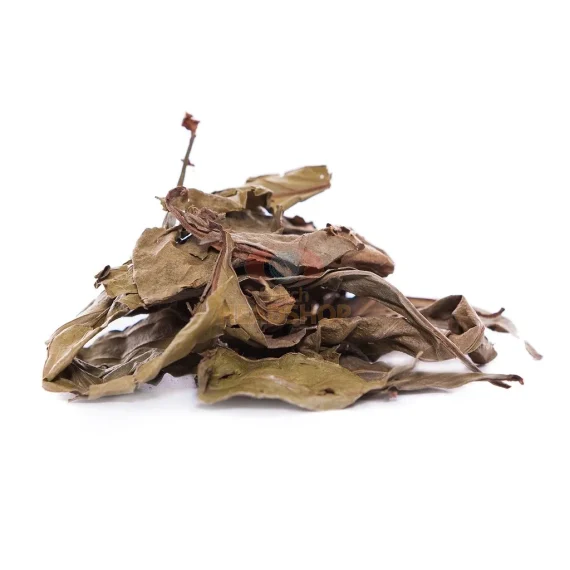
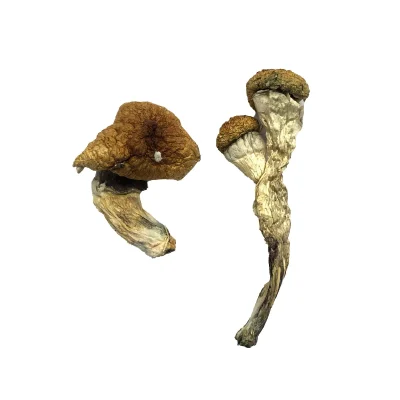
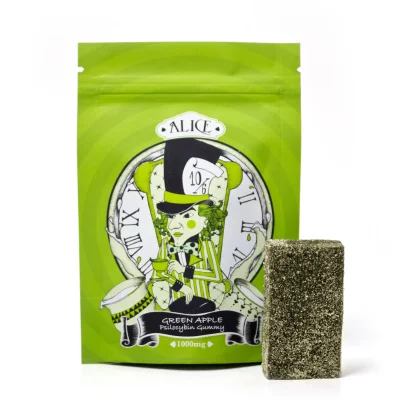
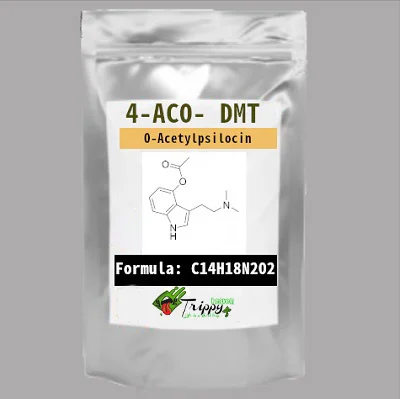
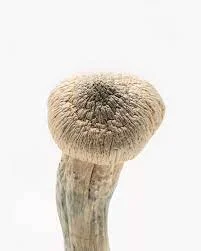
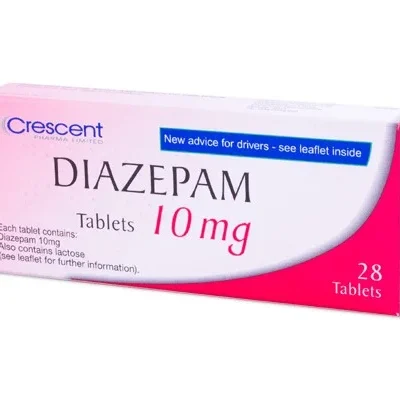
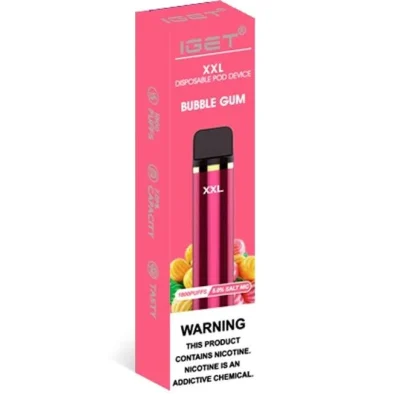
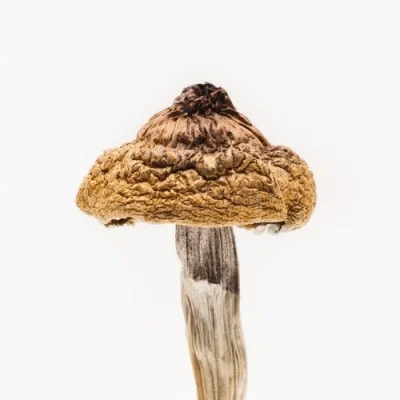
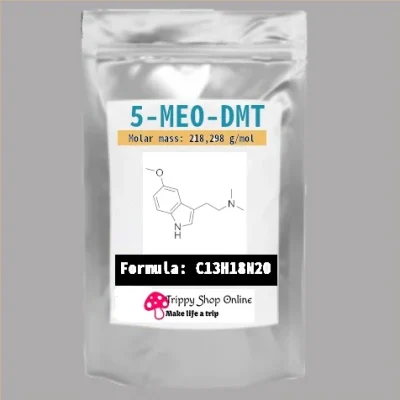
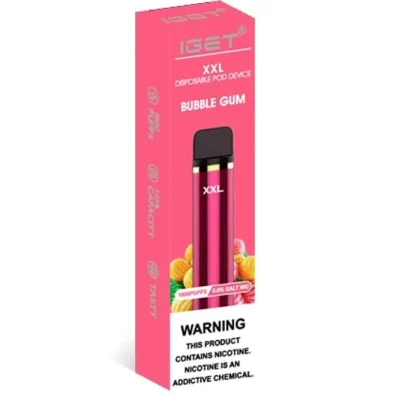
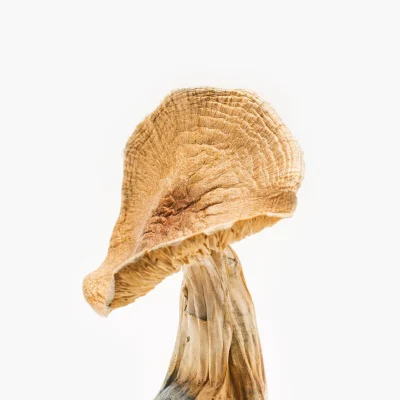


Reviews
There are no reviews yet.